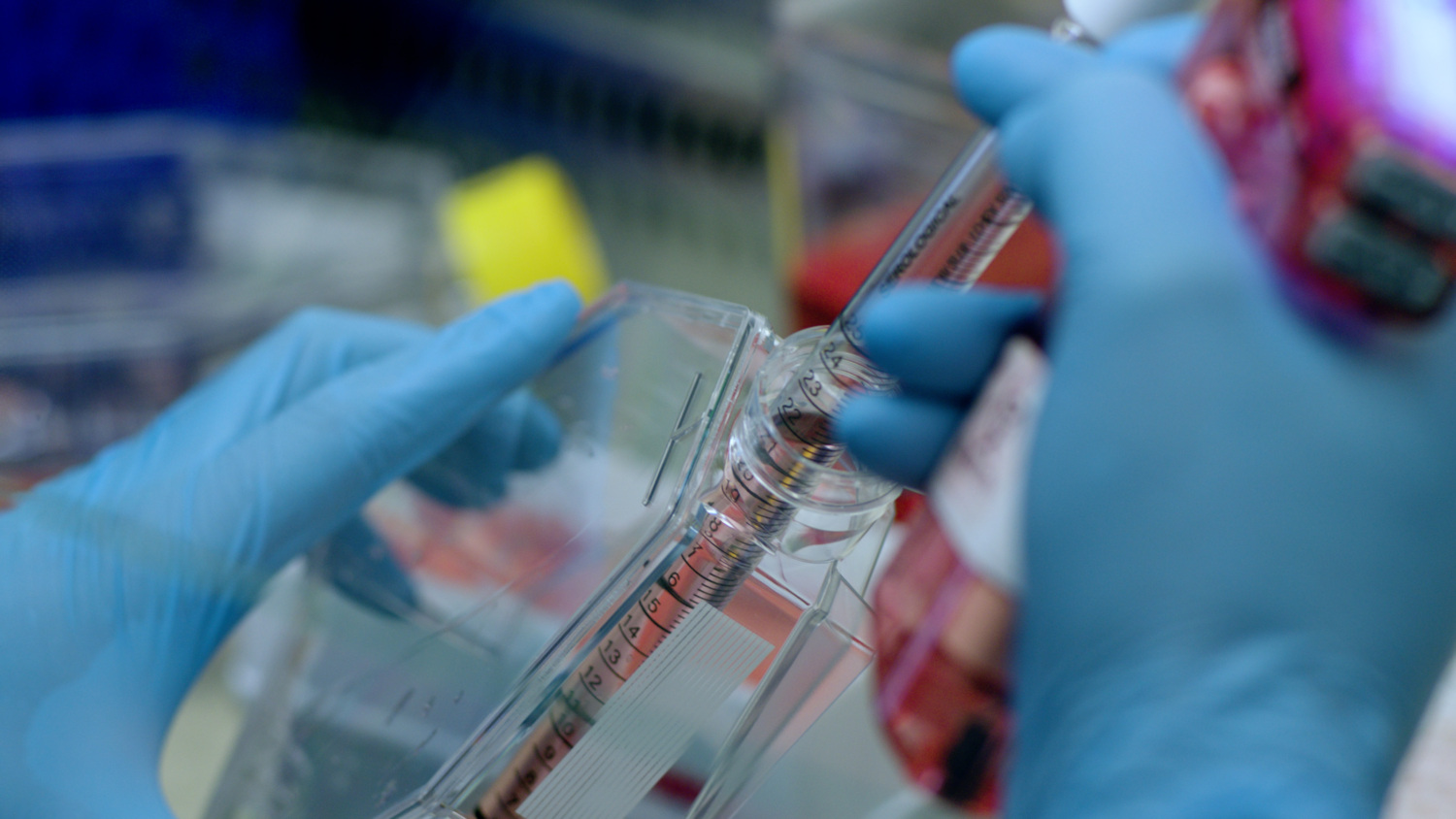Retinal Multimodal Imaging in RVCL

Retinal multimodal imaging in RVCL
Dr. Rajendra Apte, M.D., Ph.D.
Retinal vasculopathy with cerebral leukoencephalopathy (RVCL) is a rare autosomal dominant vascular dementia and retinopathy. Histologically. RVCL causes a disease that resembles premature aging of small blood vessels. Patients with RVCL begin to develop retinal and cerebral disease around age 40, that ultimately leads to blindness, dementia, and premature death around age 50. Retinal findings include capillary obliteration, micro aneurysms, branch retinal artery occlusions, ischemia. and secondary proliferative retinopathy, similar to other diseases such as diabetic retinopathy. Although ischemic central visual acuity loss has been described in RVCL patients, this only measures the central one degree of visual function. The effects of RVCL on global retinal structure and visual function have not been well characterized. We propose to perform multimodal retinal imaging and visual testing in order to non-invasively quantify the effects of RVCL on the neurosensory retina.
There is a paucity of data on how RVCL affects the neuronal and vascular structure of the neurosensory retina at various stages of disease. Although visual acuity information is available, effects of RVCL on visual field, contrast sensitivity, visual circuitry, and on the individual layers of the retinal vascular plexuses including the inner and outer retinal vasculature, as well as the choroidal vasculature are unknown. Using non-invasive multimodal imaging, we will be able to i) establish a baseline for how RVCL affects comprehensive visual function; ii) whether the retina can be a non-invasive biomarker for RVCL severity and iii) to be able to assess in the future how therapies may improve retinal structure and function.
We will use non-invasive technologies including Goldmann visual field testing to map the peripheral and central visual fields. Using dark adaptometry we will measure the sensitivity of retinal photoreceptors and the ability to dark adapt, a metric that if impaired has significant functional consequences for patients. Optical coherent tomography (OCT) will facilitate an almost histologic examination of the layers of the neurosensory retina and quantify the effects on both inner and outer retinal neurons. Recent advances in OCT have allowed the development of a specialized technique called OCT angiography (OCT-A). This imaging technique is also non-invasive and allows examination of the inner, middle and outer retinal vasculature as well as the choroidal vascular plexus with high resolution cross-sectional imaging. The advantage of OCT-A is that it allows high resolution imaging of the macular vasculature, the very central part of the retina responsible for precise vision. It will complement our findings from wide field dye-based angiography. No additional dye injection is needed for OCT-A. Retinal auto fluorescence will capture any effects of vascular alterations and non-perfusion on the retinal pigment epithelium. The multimodal approaches highlighted below will enhance our clinical understanding of how both the vasculature and the neuronal circuitry in the retina is affected by RVCL and will likely provide a) molecular disease insights and b) establish a detailed baseline for future natural history and therapeutic response studies.

Dr. Rajendra Apte, M.D., Ph.D.
Professor
Washington University in St. Louis
Dr. Rajendra Apte M.D., Ph.D. is the Paul A. Cibis Distinguished Professor of Ophthalmology and Visual Sciences. His areas of specialty include age-related macular degeneration, diabetic retinopathy and retinal vascular diseases, retinal surgery, macular holes and retinal detachments. He has further research efforts into innate immunity and the immune effector mechanisms in the retina; oxidative stress and cell death; models of developmental angiogenesis and neovascularization; inflammation and photoreceptor survival, and macular degeneration. He also serves as the vice chair for the Innovation and Translation program
